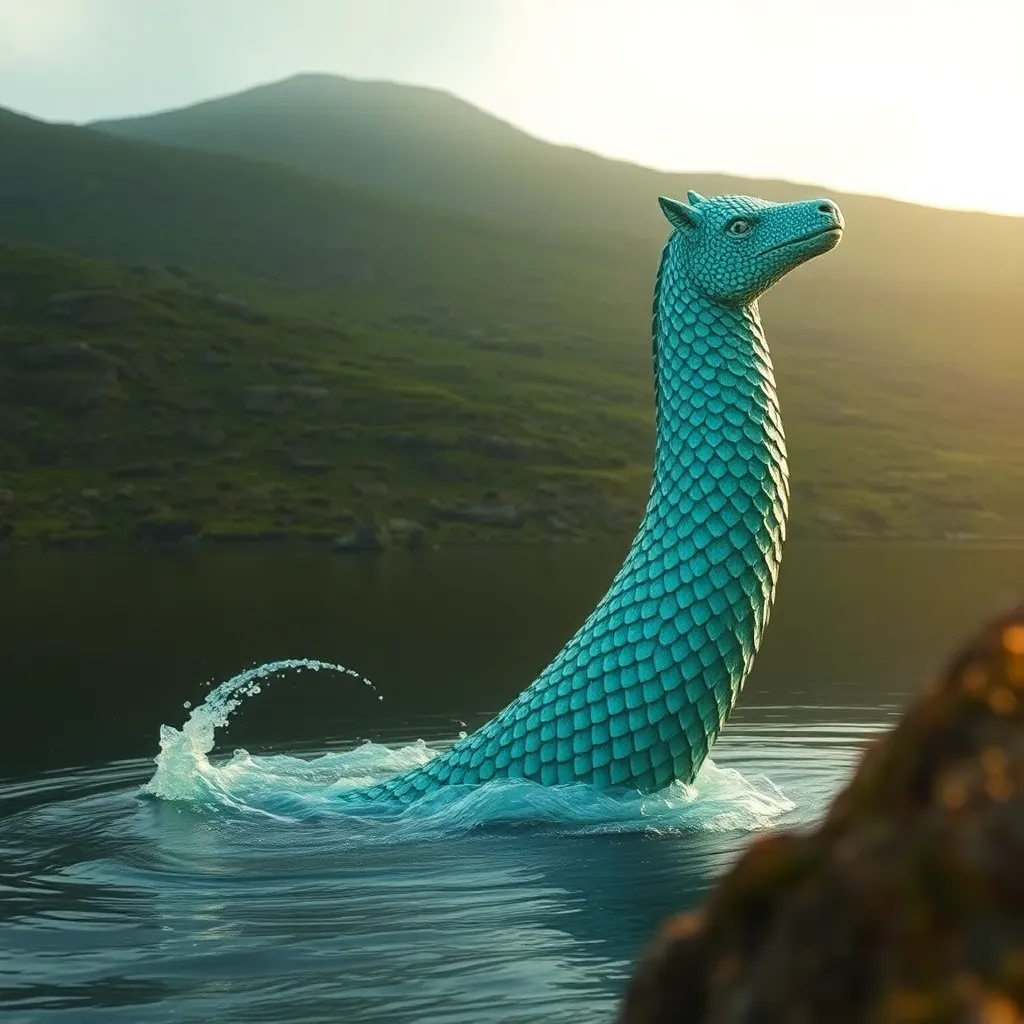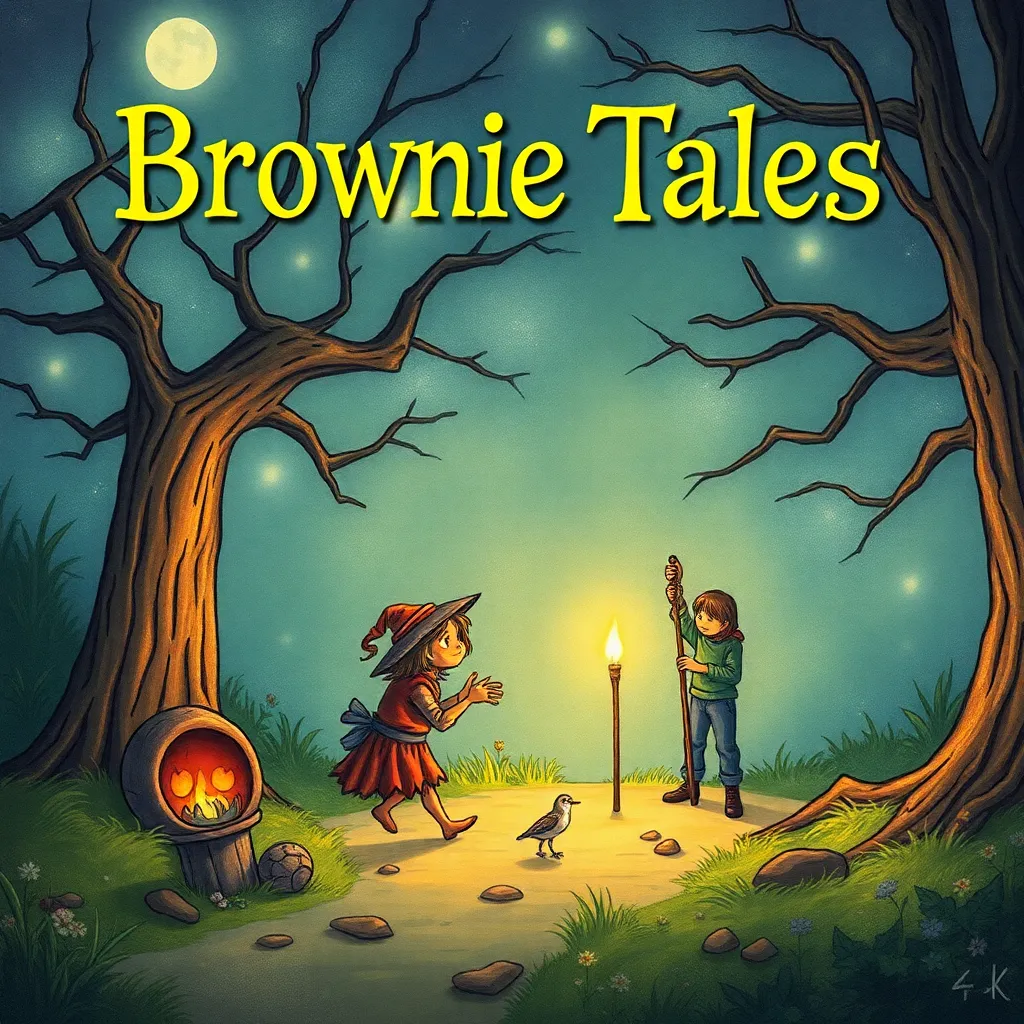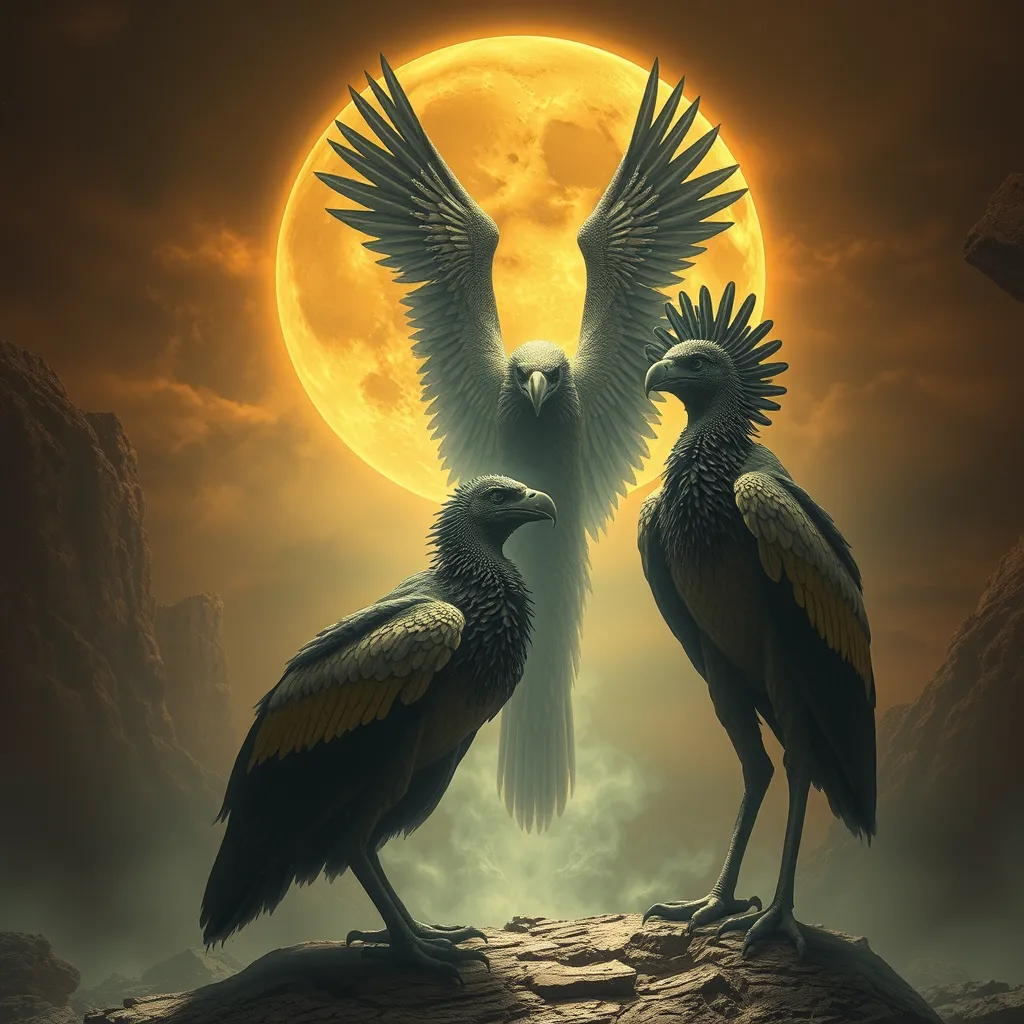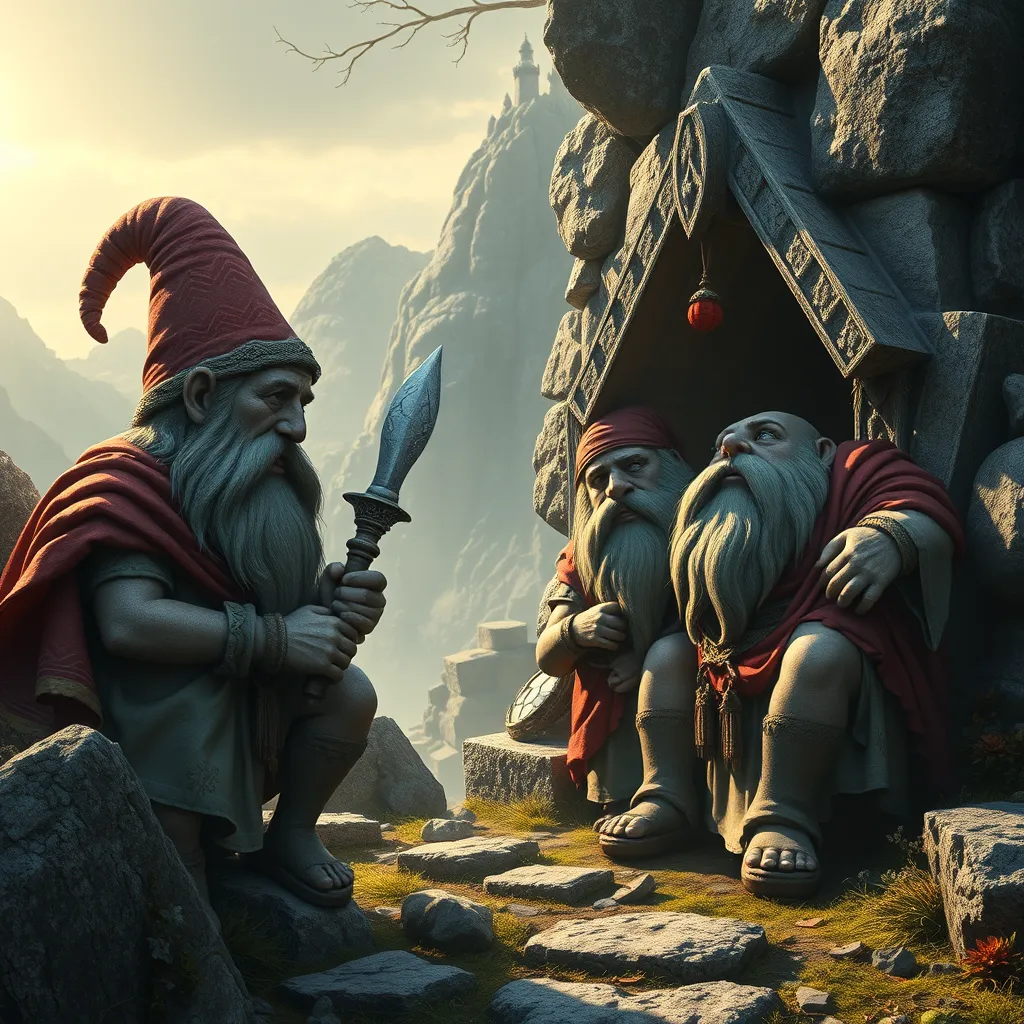The Kelpie in Modern Storytelling: Examining the Myth’s Role in Contemporary Literature, Film, and Television
I. Introduction
The Kelpie is a fascinating figure rooted in Scottish folklore, often depicted as a water spirit that can shape-shift between a horse and a human. Known for luring unsuspecting travelers into the depths of rivers and lochs, Kelpies embody both beauty and danger. Their significance in Scottish culture transcends mere storytelling, representing deeper themes of nature, transformation, and the supernatural.
This article aims to explore the Kelpie’s enduring influence on contemporary storytelling, examining how this ancient myth has found new life in modern literature, film, and television. By analyzing various interpretations of the Kelpie in today’s media, we can gain insights into its evolving role within cultural narratives.
II. The Origins of the Kelpie Myth
A. Historical context and cultural significance
The Kelpie myth has its roots in the rich tapestry of Scottish folklore, where it has been told for centuries as both a cautionary tale and an emblem of the wild Scottish landscape. Traditionally, Kelpies are believed to inhabit bodies of water, particularly rivers and lochs, and they are often associated with the unpredictable nature of water itself.
B. Traditional characteristics and narratives of Kelpies
Kelpies are typically described as beautiful horses that can entice individuals with their graceful appearance. However, once a person is drawn close, the Kelpie reveals its true form, dragging them into the water. This duality of appearance and reality is a core aspect of the myth.
C. Evolution of the Kelpie legend over time
As society has evolved, so too has the Kelpie myth. While early stories emphasized the creature’s danger, contemporary interpretations often explore its complexities, including themes of longing and loss. This evolution reflects changing cultural attitudes towards nature and the supernatural.
III. The Kelpie in Contemporary Literature
A. Analysis of notable literary works featuring Kelpies
- Fantasy novels: In works like “The Last Unicorn” by Peter S. Beagle, Kelpies are reimagined as enigmatic beings that blur the lines between myth and reality.
- Young adult fiction: Novels such as “The Water Horse” by Dick King-Smith introduce Kelpies to younger audiences, often portraying them as misunderstood creatures rather than purely malevolent beings.
B. Thematic elements and motifs related to Kelpies
Contemporary literature often employs Kelpies as symbols of transformation and the unknown. Themes of identity, sacrifice, and the connection between humans and nature are prevalent, reflecting society’s ongoing fascination with the mystical elements of folklore.
C. Authorial interpretations and reimaginings of the myth
Various authors have taken creative liberties with the Kelpie myth, reinterpreting it to fit modern narratives. This includes exploring the emotional depth of Kelpies, portraying them as guardians of nature or tragic figures shaped by human actions.
IV. The Kelpie in Film and Television
A. Overview of films and TV shows that incorporate the Kelpie legend
Films such as “The Water Horse: Legend of the Deep” depict Kelpies in a family-friendly context, while series like “Outlander” reference the myth to enhance the atmosphere of their settings. These adaptations have introduced the Kelpie to a broader audience and revitalized interest in Scottish folklore.
B. Examination of visual storytelling techniques used to portray Kelpies
Visual media often emphasizes the striking contrast between the Kelpie’s beautiful appearance and its hidden menace. Cinematic techniques such as lighting, sound design, and special effects are employed to create an atmosphere of mystery and danger, drawing viewers into the myth’s allure.
C. Impact of modern adaptations on the perception of the myth
Contemporary adaptations have played a significant role in reshaping the public’s perception of Kelpies. By humanizing these creatures or presenting them in a more sympathetic light, filmmakers and writers have fostered a renewed appreciation for their complexity.
V. Symbolism and Themes Associated with Kelpies
A. Exploration of the Kelpie as a symbol of transformation and danger
The Kelpie often symbolizes the dual nature of existence—beauty intertwined with peril. This transformation mirrors the unpredictability of life, where appearances can be deceiving.
B. Themes of water, nature, and the supernatural in storytelling
Water, as a recurring motif, represents both life and death, making Kelpies emblematic of the tensions between humanity and the natural world. The supernatural aspects of the myth highlight the mysteries that lie beneath the surface of everyday life.
C. The Kelpie as a reflection of societal fears and cultural identity
As societal fears evolve, so too do the interpretations of Kelpies. They can reflect anxieties about environmental degradation, loss of identity, and the consequences of human interaction with nature, serving as a poignant reminder of cultural heritage.
VI. Comparative Analysis with Other Mythical Creatures
A. Similarities between Kelpies and other water-based mythological beings
Kelpies share characteristics with other water spirits, such as the Selkie and the Naiad, both of which also embody themes of transformation and seduction. These similarities underscore a common understanding of water as a source of both life and danger.
B. Unique aspects of the Kelpie myth in contrast to global folklore
What distinguishes the Kelpie myth from other folklore is its specific connection to the Scottish landscape and the cultural significance of water in that context. The Kelpie is not just a mythical creature but a representation of Scotland’s identity.
C. Influence of cross-cultural exchanges on the modern portrayal of Kelpies
As cultures interact, the Kelpie myth has absorbed elements from other traditions, leading to diverse representations in contemporary media. This cross-pollination has enriched the narrative possibilities surrounding Kelpies.
VII. The Relevance of Kelpies in Today’s Society
A. The role of Kelpies in discussions about environmentalism and nature
In an age of climate change and environmental awareness, Kelpies can symbolize humanity’s relationship with nature, urging respect and caution. They remind us of the beauty and danger inherent in the natural world.
B. Kelpies in modern folklore and community storytelling practices
The resurgence of interest in folklore has led to the revival of the Kelpie in community storytelling, where local narratives often emphasize the importance of preserving cultural heritage and fostering connections to the past.
C. The resurgence of interest in folklore and its implications for cultural heritage
As society grapples with rapid change, folklore offers a sense of continuity and identity. Kelpies serve as a bridge between the past and present, inviting reflection on our cultural roots and the stories that shape us.
VIII. Conclusion
In summary, the Kelpie’s impact on modern storytelling is profound and multifaceted. From literature to film and television, Kelpies continue to inspire and provoke thought, embodying themes of transformation, danger, and the complex relationship between humanity and nature.
The enduring legacy of the Kelpie myth is a testament to its cultural significance, reminding us of the stories that connect us to our heritage. As we move forward, the exploration of Kelpies in contemporary narratives will likely evolve, reflecting ongoing changes in society and our understanding of the natural world.
Ultimately, Kelpies stand as a powerful symbol of the intersection between myth and modernity, inviting future generations to engage with folklore in new and exciting ways.



